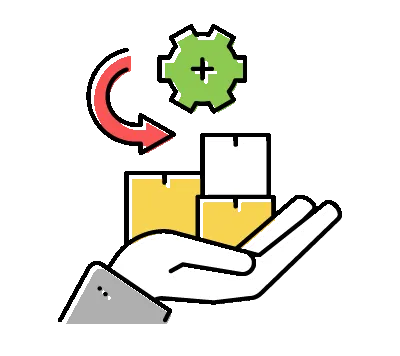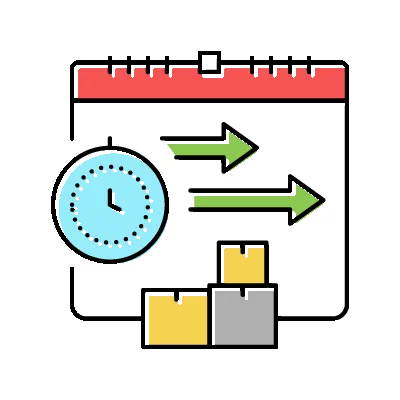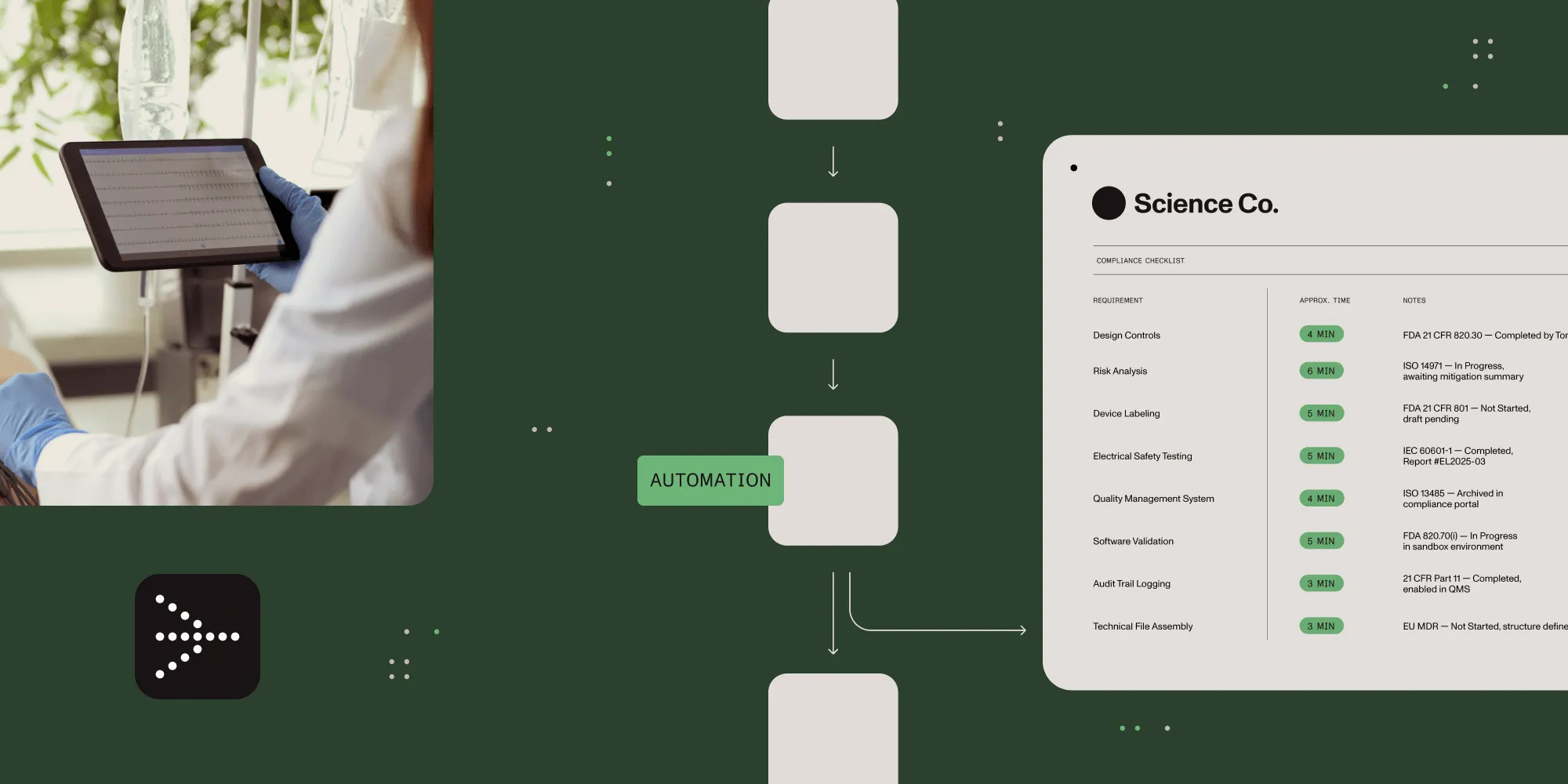Material Requisition Software: Streamline Procurement and Boost Efficiency

Material requisition is an important process for manufacturers and others who work with complex processes that require multiple components.
As part of the production process, we need to order many different materials. Coordinating these tasks involves finance and operations staff, managers, warehouse staff, and line operators responsible for timely product creation.
What Is Material Requisition?
Material requisition is a formal process companies use to manage the purchasing of materials for manufacturing work. It includes forms, routing, tracking, and approvals to ensure we buy materials correctly within the budget.
When you do it right, material requisition improves efficiency and transparency by clearly stating what you need and why. It also means that inventory items and materials picked from inventory are accurate.
The process results in authorization to purchase and record the components purchased from whom and for how much.

The Material Requisition Process
A material requisition form is typically used in the process. The form asks for standard information about the request and usually includes the following:
- Request date
- The department making the request
- Employees completing the form
- A clear explanation of the necessary items, including quantity, material, quality, and unit of measurement. This explanation should include the quantity required.
- It should state the material of which the items are made as well.
- Additionally, we should mention the quality of the items.
- Lastly, state the unit of measurement for the items.
- Why the purchase is necessary and how the materials requested will be used
- The desired delivery dates
- Costs of requested items, if known
- An approval signature from a supervisor or manager
Once the form is completed, the form is usually by the production department routed to the purchasing department. There, approvers will review the form and may ask for more details or questions. Approvers verify the availability of funds for the purchase and allocate resources to the request if it is approved.
This approval process is critical. It ensures that the requested materials are affordable, available, and necessary for operations. The approval process checks if material is needed and prevents unnecessary or unauthorized spending.
The requisition process helps the company ensure purchases match budgets, priorities, and customer orders.
An Example of a Material Requisition
Here’s an example of how the material requisition process works. A boomerang manufacturer has a large order from an Australian boomerang festival to supply boomerangs for the event.
- The production department needs a large order of special woods, glues, and finishes to complete the order in time. It has slotted the boomerang order into its production process and scheduled staff.
- The supervisor created a form to request $10,000 worth of wood, $5,000 worth of finishes, and $1,000 worth of special glue. The purpose of this request was to ensure that the order could be completed within the designated timeframe. The text explains the festival, mentions a new customer with potential for future business, and discusses the production timeline. It also includes a desired deadline to ensure the orders can be completed, inspected, and shipped overseas in time.
- The purchasing department checks the request. They assign a job number to the form. They also enter the order in the financial and accounting systems.
- The costs are taken from a budget account for new business. The costs are taken from a budget account for new business.
- A purchase order is issued, allowing the production department to submit the order and plan for delivery.
Issues With Manual Requisition Processes
Too many companies are still dealing with manual material requisition processes. Not only do these processes slow down production, but they are fraught with other problems.
Manual requisition processes have several issues, including:
- Errors. With manual processes, employees must enter information from paper forms into other systems for approval. Mistakes can cause delays, inaccuracies, and problems down the line if the wrong quantities are ordered.
- Delays. Production can come to a standstill if paperwork backs up and is not routed properly.
- Poor Use of Staff. Staff spending too much time on manual data entry wastes talent and resources. If those tasks were automated, those employees could focus on more critical work.
- Inaccurate Reporting. Automation boosts confidence in requisition data and ensures accurate reports that reflect your company's true state.

Automation Transforms Requisition
With automation tools, companies can transform how their material requisition process operates. Companies can use online forms and automatic routing for approvals. In addition, information from those forms can automatically populate accounting ledgers and budgets. Automation allows staff to be reallocated to more critical work and saves time.
Automated processes will reduce or eliminate errors, while the shift will reduce paper and storage demands.
Automation means more satisfied employees and customers and stronger vendor relations.
By shifting to automation, manufacturers can modernize operations, leading to stronger business outcomes and more profits.
Best Practices for Implementing a Materials Requisition System
Implementing a materials requisition system can significantly improve the efficiency and accuracy of your production process. Here are some best practices to consider:
Establish Clear Policies and Procedures
Develop comprehensive policies that outline the materials requisition process, detailing the roles and responsibilities of each department and individual involved. This clarity ensures everyone understands their part in the requisition process, reducing confusion and errors.Standardize Requisition Forms
Use standardized requisition forms that include all necessary information, such as material description, quantity, and cost. Standardized forms ensure consistency and completeness, making it easier to track and manage material requests.Implement a Centralized System
Consider implementing a centralized system that allows for easy tracking and management of materials requisitions. A centralized system can streamline the requisition process, making it more efficient and reducing the risk of lost or misplaced forms.Train Staff
Provide training to staff on the materials requisition process and the use of the system. Well-trained staff are more likely to follow procedures correctly, reducing the likelihood of errors and delays.Monitor and Evaluate
Regularly monitor and evaluate the effectiveness of the materials requisition system and make adjustments as needed. Continuous evaluation helps identify areas for improvement, ensuring the system remains efficient and effective.
Materials requisition is a critical process in construction projects, ensuring that the right materials are available at the right time and in the right quantity. Here are some key considerations:
Formal Request Process
Establish a formal request process for materials, including a clear description of the materials needed, quantity, and delivery timeline. A well-documented process ensures that all necessary information is captured, reducing the risk of errors and delays.Verification of Material Availability
Verify the availability of materials with suppliers before placing orders. This step helps prevent delays in the construction schedule due to material shortages.Quality Control
Ensure that materials meet quality standards and specifications. Quality control measures help avoid issues with substandard materials that could compromise the integrity of the construction project.Collaboration with Suppliers
Foster collaboration with suppliers to ensure timely delivery and quality materials. Strong relationships with suppliers can lead to better pricing, more reliable deliveries, and higher-quality materials.Streamlined Operations
Streamline operations by implementing a well-documented requisition process. Efficient operations reduce the time and effort required to manage material requests, allowing construction projects to stay on schedule and within budget.
Optimizing your material requisition workflow can help reduce errors, improve efficiency, and increase productivity. Here are some tips:
Automate the Requisition Process
Consider automating the requisition process using software or online platforms. Automation reduces manual data entry, minimizing errors and speeding up the requisition process.Implement a Two-Step Approval Process
Implement a two-step approval process to ensure that requisitions are reviewed and approved by authorized personnel. This additional layer of oversight helps catch potential issues before they become problems.Use Real-Time Tracking
Use real-time tracking to monitor the status of requisitions and materials. Real-time tracking provides visibility into the requisition process, allowing for quicker responses to any issues that arise.Analyze Data
Analyze data to identify trends and areas for improvement. Data analysis can reveal patterns in material usage and requisition processes, helping to optimize inventory management and reduce waste.Continuously Evaluate and Improve
Continuously evaluate and improve the material requisition workflow to ensure it remains efficient and effective. Regular reviews and updates to the process help maintain its effectiveness and adapt to changing needs.
Interested in Automating Your Workflow?
Check out our Automation Resources or schedule a demonstration.
- Request a Live Demonstration
- Workflow Ideas Weekly Email Newsletter
- Product Videos
- Workflow Tools and eBooks
FAQ
What is material requisition software?
Material requisition software streamlines the procurement process by automating approvals, tracking requests, and reducing manual errors.
Why is automating material requisition important?
Automation improves efficiency, reduces delays, minimizes errors, and ensures accurate reporting, enabling better decision-making and resource allocation.
Who benefits from using material requisition software?
Manufacturers, warehouse managers, finance teams, and procurement departments benefit by enhancing transparency and productivity.
How does automation reduce errors in requisition processes?
Automation eliminates manual data entry, ensuring consistent and accurate information is recorded throughout the workflow.
Can material requisition software improve vendor relations?
Yes, it helps maintain clear communication and timely order processing, fostering stronger and more reliable vendor partnerships.







